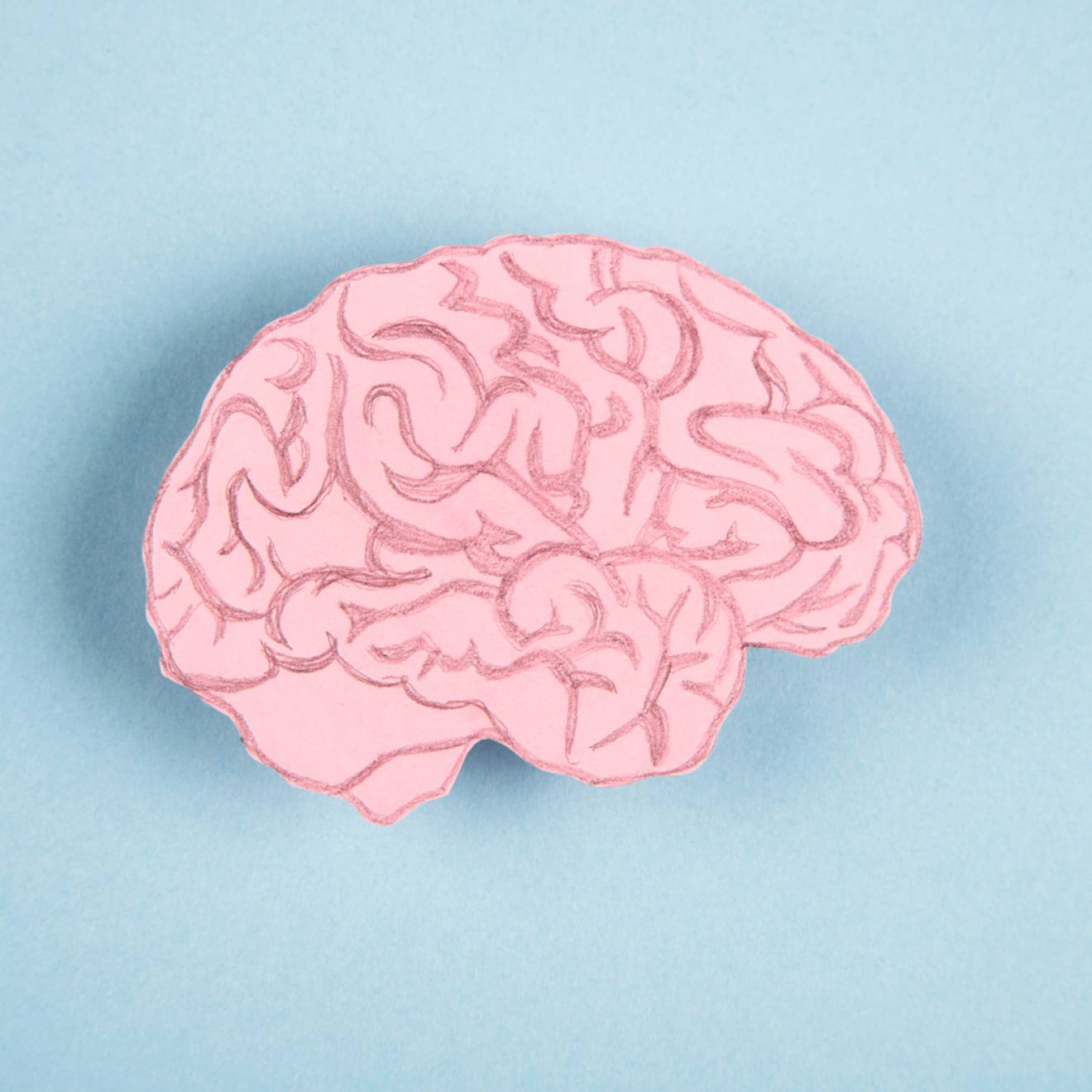Christine Byrd, UC Irvine Magazine
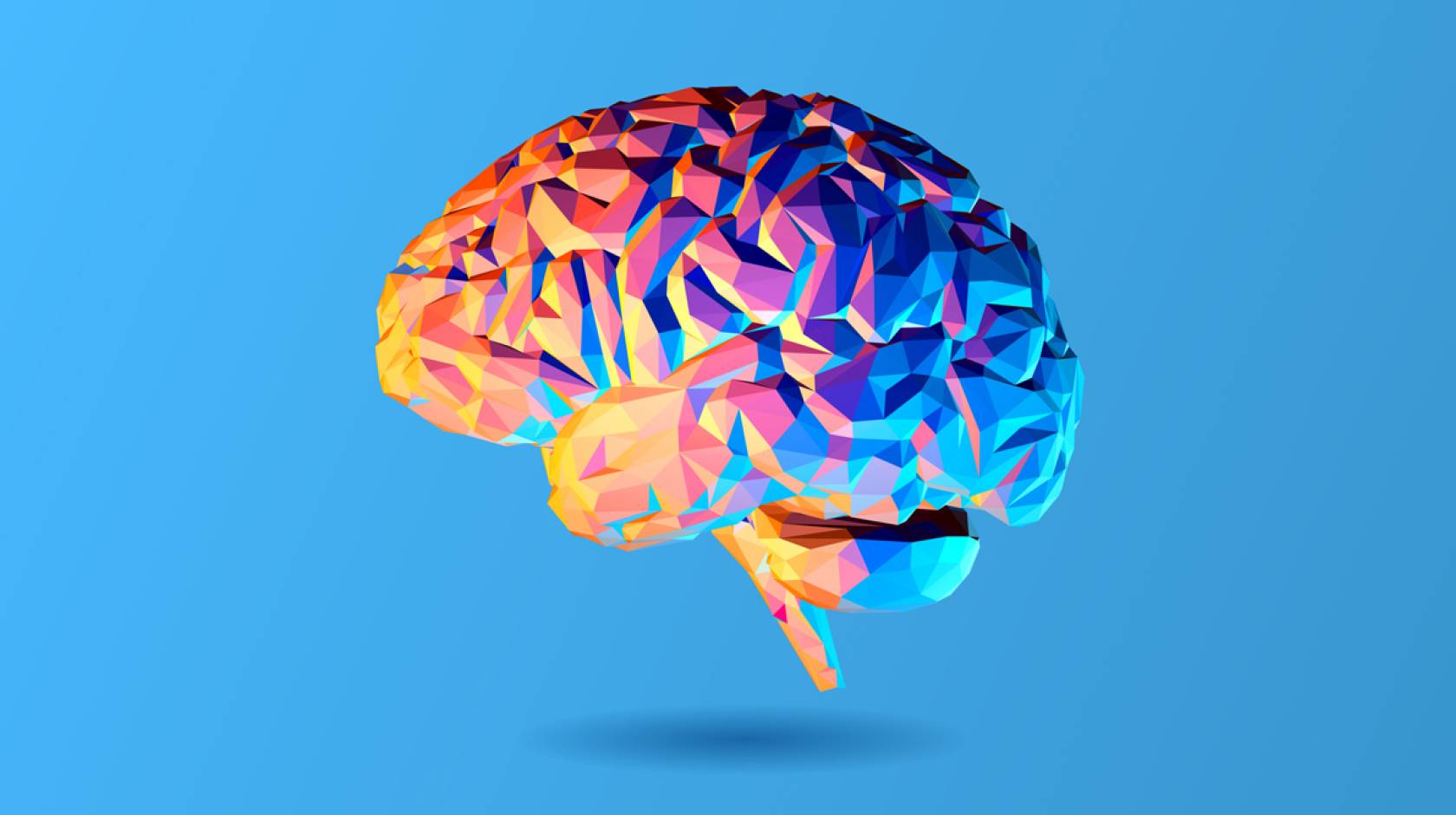
While the pandemic has brought mental health into sharper focus for many, 1 in 5 adults were receiving mental health treatment before the arrival of COVID-19. Addressing mental health — and unraveling the mysterious ways in which the brain drives our behaviors and emotions — requires the collective work of scientists with expertise ranging from genetics to pharmacology and biomedical engineering to public health.
“The most exciting scientific discoveries take place at that interface between different disciplines,” says Dr. Steve Goldstein, UC Irvine vice chancellor for health affairs. “Clinician scientists studying cognitive function is one classic example of mental health research. But at UCI, our cross-disciplinary focus, bringing together expertise and resources, allows us to make even greater leaps of knowledge.”
While older adults were hit hardest by the COVID-19 virus, the pandemic exacted the greatest mental health toll among young people. In December 2021, U.S. Surgeon General Vivek Murthy issued a rare public health advisory warning about the rise in mental health problems among children, adolescents and young adults.
“It would be a tragedy if we beat back one public health crisis only to allow another to grow in its place,” he wrote.
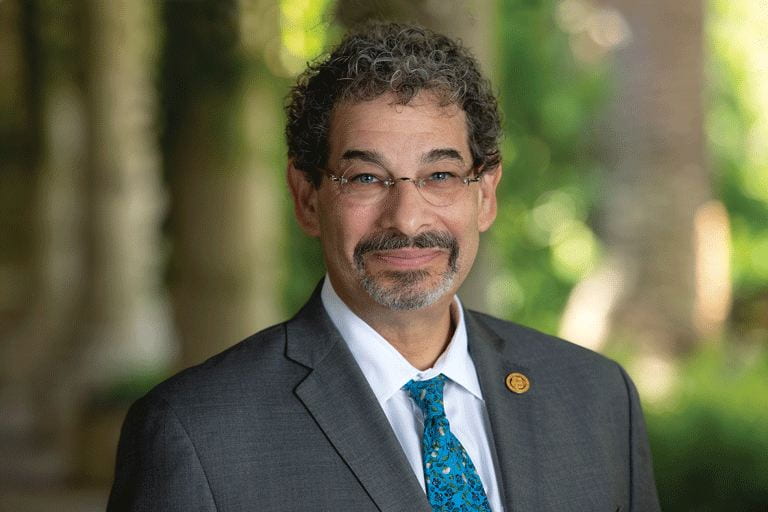
Dr. Steve Goldstein, UC Irvine vice chancellor for health affairs
Credit: Steve Zylius/UC Irvine
For at least a decade prior to the pandemic, rates of childhood mental health issues had been rising steadily, with suicide the second-leading cause of death for 10- to 24-year-olds, after accidental injury. During the first six months of the pandemic, when most children were largely sheltering at home, emergency visits for mental health problems jumped 24 percent for children 5 to 11 and 31 percent for those 12 to 17.
“The surgeon general’s recent advisory is unfortunate but unsurprising,” says Bernadette Boden-Albala, director of UC Irvine’s Program in Public Health. “On its own, adolescence is a critical time for many young adults, who are still forming their identities and navigating the challenges that come with development. Add a global pandemic with long bouts of social isolation on top of that, and it’s no wonder our youth are struggling with mental health.”
Doctors at UC Irvine Medical Center say they’re treating young patients in greater numbers, and with more acute symptoms, than ever before.
“What we hear from our patients is that they feel as if they’re in a pressure cooker at home,” says Dr. Paramjit Joshi, a child and adolescent psychiatrist who serves as interim chair of psychiatry & human behavior at the UC Irvine School of Medicine. “The parents are equally stressed out handling their own work and providing child care at the same time, and there is often no space and breathing room for some families.”
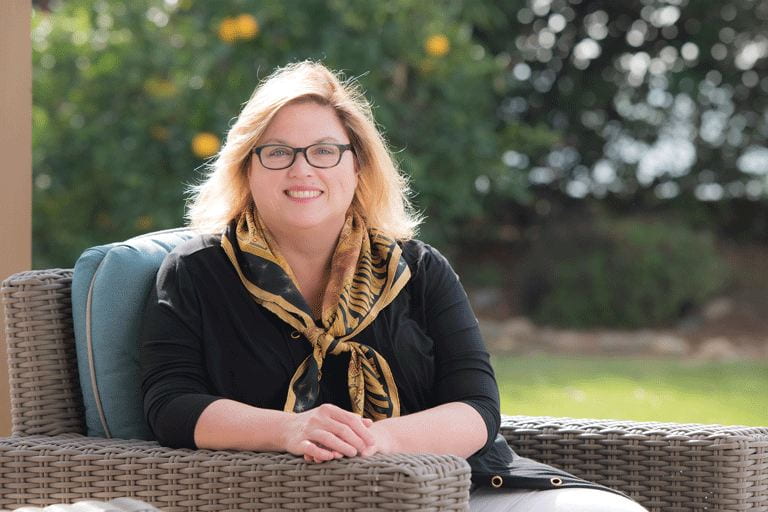
Bernadette Boden-Albala, director, UC Irvine Program in Public Health
Credit: Steve Zylius/UC Irvine
For children who were already anxious or on the autism spectrum, the interruption in their social and emotional development may have created significant setbacks, says Jessica Borelli, UC Irvine associate professor of psychological science, who runs a therapy center in Newport Beach. And school reopenings generated an entirely new crop of issues, ranging from teen angst about returning to class to toddlers experiencing severe separation anxiety because they’d never been away from their parents.
“Without a doubt, we’re facing a huge increase in demand for mental health services like nothing I’ve ever seen in my career before,” Borelli says.
Even as society moves back to a greater sense of normalcy, experts warn that the mental health challenges will take longer to return to pre-pandemic levels.
“The kids in this country and around the world have lost a year, and in a child’s life, there’s so much growth in a year – not just academic but also social and emotional,” Joshi says. “I don’t think this is going to subside anytime soon. The mental health pandemic continues alongside the COVID-19 pandemic, and the psychological effects might last much longer.”
On the frontlines
The first healthcare worker to encounter a patient grappling with a mental health problem is usually not a psychiatrist like Joshi or psychologist like Borelli. It’s often a nurse, family physician or emergency room doctor.
“People with mental health challenges present to every part of the healthcare ecosystem,” Goldstein says. “So we need to have people cross-trained to communicate well, recognize various aspects of mental health, and know how to embrace and help someone in need.”
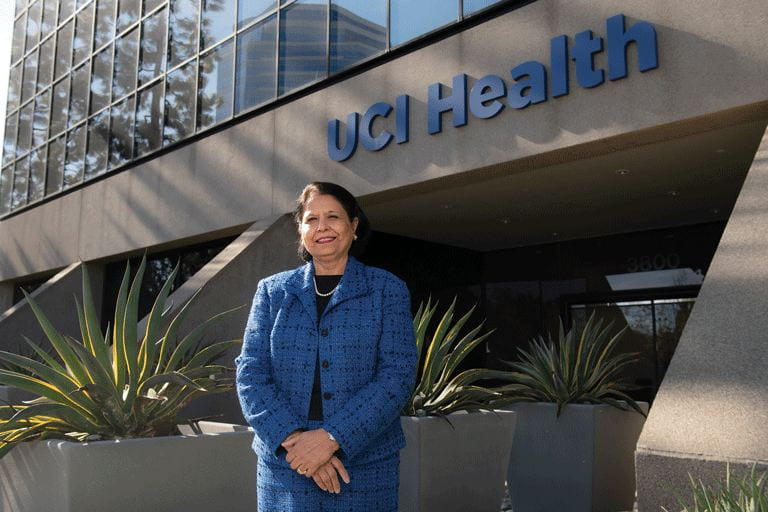
Dr. Paramjit Joshi, interim chair, Department of Psychiatry & Human Behavior, UC Irvine School of Medicine
Credit: Steve Zylius/UC Irvine
To that end, more than 500 primary care doctors from across the country have been taught to better recognize and treat behavioral health issues through the UC Irvine School of Medicine’s Train New Trainers fellowship. After completing the yearlong program, participants receive ongoing mentorship from UC Irvine faculty and are expected to help educate other professionals in their communities to improve mental healthcare.
“Sixty-five percent of mental healthcare is delivered in the primary care setting,” says Dr. Robert McCarron, who directs the TNT program and serves as assistant dean of continuing medical education. “These primary care doctors are finding themselves spending a big part of every day working with patients who have substance abuse or psychiatric issues, but they often get suboptimal psychiatry training during their residencies.”
The fellowship recently received $10 million from the state to train more than 600 seasoned primary care doctors, mostly from California, over the next five years.
Understanding early roots
Because three-quarters of adults with mental illness began experiencing symptoms before the age of 24, understanding the early-life origins of mental disorders is key. One of the most tantalizing questions researchers are pursuing: What factors help protect young people from or make them more susceptible to future mental health problems?
Dr. Tallie Z. Baram, the Danette Shepard Professor of Neurological Sciences, oversees $25 million in research funding from the National Institute of Mental Health as director of the Conte Center @ UCI. Described by those who work there as an “intellectual playhouse,” the center brings together neurobiologists, epigeneticists, psychologists, molecular biologists and clinicians, as well as biostatisticians and computer scientists, to study how the brain evolves and changes as a result of adverse early-life experiences — beginning inside the womb and throughout childhood, adolescence and young adulthood.
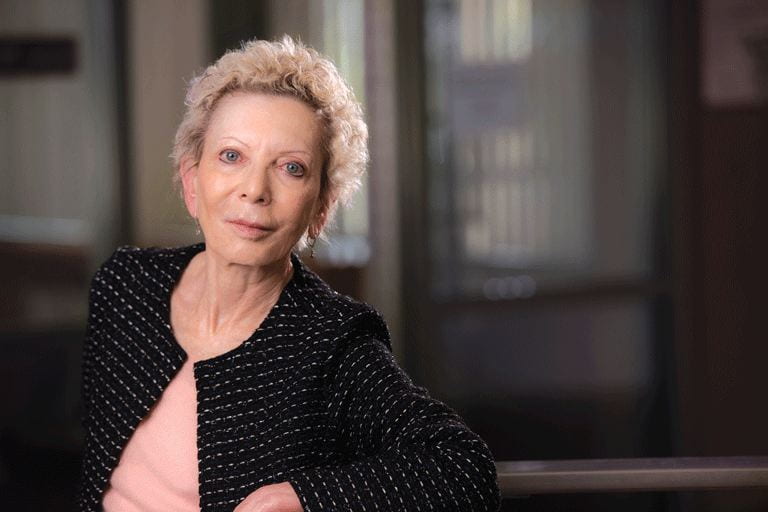
Dr. Tallie Z. Baram, director, Conte Center @ UC Irvine
Credit: Steve Zylius/UCI
“Genetics plays a major role in who we are and how we function, but genetics is not fate,” Baram says. “What happens to us early in life is profound because this time is an especially sensitive period for the brain.”
Certain childhood experiences are widely recognized as negatively affecting mental health — neglect, abuse, an incarcerated parent. But Baram focuses on a lesser known and more subtle factor: predictability from parents and the environment. “What the developing brain sees as adversity is not necessarily what we see as adversity,” she explains.
Baram’s research has shown that the complex circuitry of a child’s brain is affected by unpredictable signals — which could mean not having a stable routine, a parent frequently interrupting interactions with the child to check the phone, or a parent having volatile outbursts. In addition to studying infants and children, Conte Center researchers use sophisticated imaging tools to look into the brains of mice and rats — whose genetics and environmental factors can be controlled in a lab — and then corroborate their findings in people.
In this way, they found that unpredictable parenting impacts a baby’s brain circuitry. As the neuroscience saying goes, “Neurons that fire together wire together,” and for babies, predictable environments allow the neurons of pleasure to fuse together. Think, for example, of how a smile sweeps across a baby’s face when an adult repeatedly brings out a familiar toy, puts it in the same place, and repeats the same silly sounds and motions with it. Later in life, strong and well-wired pleasure circuits that the baby’s brain built play a role in resilience to depression, anxiety, post-traumatic stress disorder and, potentially, addiction.
The upheaval that COVID-19 creates within families has provided a rare opportunity to see the effects of predictability on children’s mental health within a short period of time. In a study cited in the U.S. surgeon general’s mental health advisory, Baram’s team found that maintaining structured, predictable family routines amid the turmoil of working from home and the stress of the pandemic significantly protected preschool-age children from the negative mental health effects of the pandemic.
The state of California recently granted Baram $2.9 million to launch a study of the mental health effects of unpredictability in 100,000 Orange County children, in collaboration with CHOC Children’s Hospital and Chapman University. The researchers will also look for biomarkers that could predict how resilient or vulnerable a child may be to adversity.
An ever-changing brain
Early life is highly impactful, but the brain is ever-changing and susceptible to significant stressors. For example, living in a pandemic has left many people feeling mentally fuzzy — and it isn’t a figment of their imagination.
“Our brains are really, really good at dealing with acute stressors such as a deadline or test. But chronic levels of stress may have long-lasting effects on the brain,” says Michael Yassa, UC Irvine professor of neurobiology & behavior and director of UC Irvine’s Center for the Neurobiology of Learning and Memory.
When the brain is exposed to stress over long periods of time, cortisol — the hormone that famously fuels our flight-or-fight response — can rewire the brain’s circuitry, decreasing interaction among brain cells and lessening plasticity, making it harder for us to communicate and learn new things.
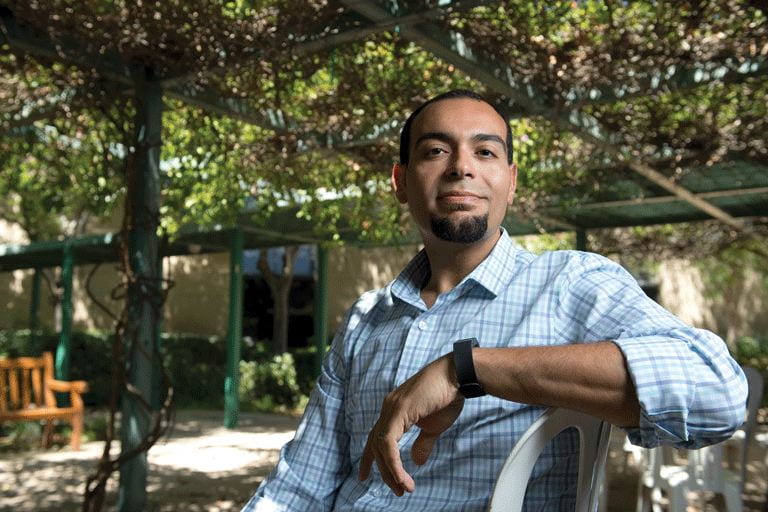
Michael Yassa, director, UC Irvine Center for the Neurobiology of Learning and Memory
Credit: Steve Zylius/UC Irvine
“All of this leads to people feeling like their cognition is impaired, including memory loss and attention deficit — all those things we’re hearing people experience during the pandemic,” Yassa says. “Raising our baseline anxiety has real and serious consequences for the brain.”
The good news is that as the stress of the pandemic gradually recedes and many people hit reset on their work and life priorities, this mental fog will lift, he says.
But in extreme circumstances, the adult brain can be rewired in more lasting ways. New research by Yassa and Baram focuses on the changes in brains of mothers who have lost a child. The team members identified, for the first time, what they believe is the biological basis of maternal grief that persists for months and years after a child’s death and impacts hundreds of thousands of mothers in the U.S. and millions around the world. They found that the brain circuitry of grieving mothers was forever changed, especially in networks involving a less understood area of the brain called the paraventricular thalamus. This region may play a role in the persistence of stress in both adults and children.
“The PVT seems to hold onto memories of an adverse experience,” Yassa says. “And in the case of maternal grief, it can rewire the adult brain in an enduring fashion.”
Anxiety and Alzheimer’s
A surprise was how well many older adults have fared emotionally during the pandemic, despite isolation and the physical health threat that COVID-19 poses for the elderly.
“Older adults were able to fit the pandemic into their more global world view, mobilizing their compassion and resilience, and perhaps adapt in a way that younger adults may be less able to,” says Dr. David Sultzer, director of the clinical core at the federally designated Alzheimer’s Disease Research Center housed at UC Irvine’s Institute for Memory Impairments and Neurological Disorders.
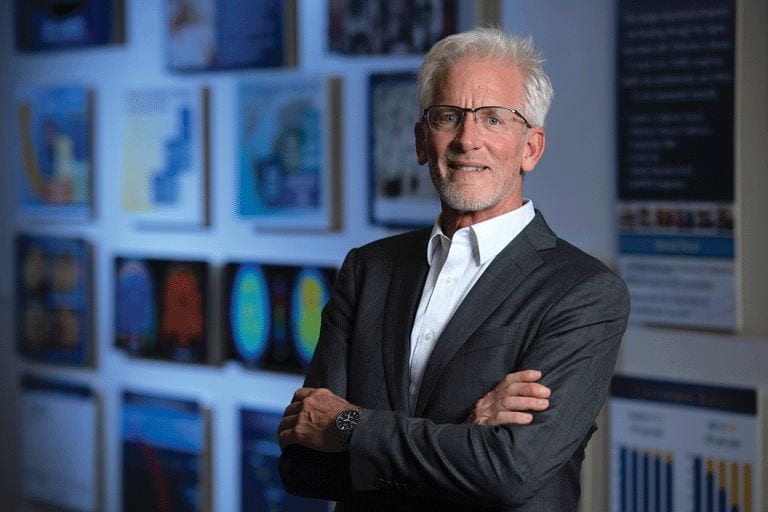
Dr. David Sultzer, clinical research director, UCI MIND
Credit: Steve Zylius/UC Irvine
Sultzer and colleagues are exploring mental health in later life, untangling the connection between Alzheimer’s disease and mood disorders. While it’s common for people with dementia to feel depressed or anxious, those states may also be early signs of the disease.
“Late-life symptoms like apathy, anxiety and depression appear to be related to the development of Alzheimer’s and are probably a fundamental part of the illness process,” Sultzer says.
While this doesn’t mean that anyone who feels depressed or anxious in later life will go on to develop Alzheimer’s, the relationship intrigues him. Unraveling the link between mood disorders and Alzheimer’s may provide additional opportunities to intervene in the disease, which 12.7 million Americans will be living with by 2050, according to the Alzheimer’s Association.
Hopeful horizons
The driving hope behind this wide-ranging mental health research is that it will prevent and alleviate suffering.
Baram and colleagues are studying thousands of veterans of the Iraq and Afghanistan wars to look for patterns in early-life experiences that could predict which soldiers are most vulnerable to PTSD. Someday, those at highest risk for developing the disorder could be identified before being deployed to combat situations.
Additionally, Conte Center researchers have successfully rewired neural networks in mice, using a benign virus carrying a special gene that’s sensitive to light and then shining a light to activate or deactivate the cells. Baram envisions a future in which it might be possible to employ such a technique to safely repair the pleasure circuits in people’s brains, relieving many symptoms of common mental illnesses.
Peering inside brains to understand the mechanisms of mental health at the neural level opens new opportunities for treatment and also to destigmatize disorders.
“We need to educate our parents, community and students that not only is mental illness treatable, but there’s a biology behind it that makes it on par with any other physical condition,” Yassa says. “It’s all in your head? Yes, those are brain cells and connections, and that’s physical, just like diabetes, arthritis or anything else.”
As anyone who has persevered through the challenges of the early 2020s can attest, mental health is essential to overall well-being.
“We can’t separate the head from the rest of the body,” Joshi says. “Taking care of the whole patient means truly valuing their mental health as well as their physical health.”
A therapist’s advice for parents
Jessica Borelli is an associate professor of psychological science at UC Irvine and a clinical psychologist with a practice in Newport Beach. As advocacy groups and the U.S. surgeon general sound the alarm about the rise in mental health problems among children and adolescents, Borelli offers advice for parents.
“The worst thing is a kid who’s struggling on their own, and the parent knows nothing about it,” she says. “There can be years of hurt and pain that could have been addressed earlier, but the child just didn’t realize the parent was available to help them.”
Kids are inherently afraid of violating their parents’ expectations. Borelli encourages parents to tell their children explicitly, “There is nothing you could feel, think or do that would make me not love you. You can tell me anything.”
Don’t assume your kids know you’re there for them, she says; they need to be reminded frequently, “I’m here to listen.”
Borelli urges parents to create space in their busy lives to talk about feelings openly — when no one is on their phone.
When your child expresses something difficult, she says, reinforce that they did the right thing by telling you, perhaps by responding, “I’m so glad you shared this with me. There’s no feeling that’s too big to handle together.”
Parents can help their children navigate most of the challenges of growing up, but if you suspect serious mental health issues, seek professional assistance. Borelli says, “The kids who are at greatest risk are the ones who are suffering in silence, whose parents have no insight into what’s going on with them.”
